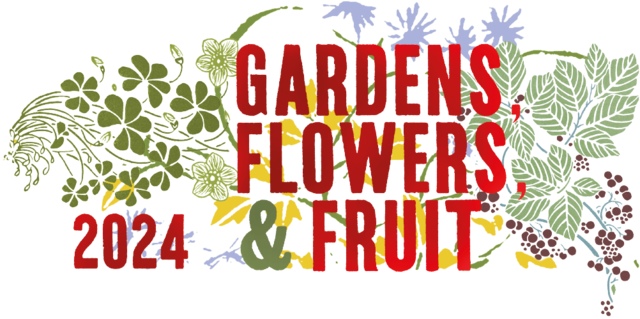Some Mediterranean Culinary Isoglosses: Perry’s ‘Olive Line’ in the Broader Context of the Umami- Enhancer Isogloss Bundle

Full description
While it is possible that wild olives were consumed already in remote prehistoric times in the western Mediterranean lands, the archaeological, linguistic, and later historical evidence all points to the cultivation, widespread consumption of the olive fruit, and the large-scale making of olive oil (for various purposes, surely including the alimentary) having developed in the prehistory of the Levant and subsequently southern Anatolia. Diffusion of this element of eastern Mediterranean agriculture to the west appears only to have occurred in the early historical period with the expansion of Phoenician and Greek mercantile and colonial activity in the first half of the last millennium B.C. From the Greek colonies of southern Italy, olive cultivation spread to Etruria and Latium and thence, with the rise of the Roman empire, was subsequently further diffused and intensified in the western Mediterranean lands.
The olive as a fruit is peculiar, though not unique, in a number of respects: it is naturally unpalatably bitter but to many delicious when cured, and its flesh has a relatively high content of particularly salubrious oil which is flavourful and well suited to consumption both raw and in cooked dishes. In addition, its environmental requisites are such that the olive tree thrives best in precisely those conditions which obtain around the Mediterranean Sea – and not elsewhere in that part of the globe – where summers are long, dry and fairly hot and winters are wet and cool but largely frost free. These requisites render higher elevations unsuitable to olive trees and consequently the olive can be cultivated for the most part only in areas fairly near the sea itself, with but limited exceptions. Given the biological exigencies of the olive tree and the characteristics of the olive fruit and the millennia-long interplay of these natural conditions with the development of related cultural behaviours, it is not surprising that across the entire Mediterranean region, there is a considerable degree of unity not only in the basic methods of cultivating the olive and exploiting its fruit but also a good measure of commonalities in pairings with principal ingredients, seasonings, and condiments: Both in the curing and consumption of olives themselves and in the extraction and culinary uses of olive oil, we find grosso modo very similar traditions from east to west and north to south. This general unity follows from the nature of the olive and surely also is in part a consequence of the diffusion of the culture of olive cultivation and exploitation from essentially one small zone at the eastern end of the Middle Sea.
- typeImage
- created on
- file formatpng
- file size497 KB
- container titleGardens, Flowers, and Fruit: Proceedings of the Oxford Symposium on Food and Cookery 2024
- creatorAnthony F. Buccini
- publisherEquinox Publishing Ltd.
- publisher placeSheffield, United Kingdom
- series number2024
- series titleOxford Symposium on Food and Cookery
We use cookies to analyze our traffic. Please decide if you are willing to accept cookies from our website. You can change this setting anytime in Privacy Settings.
